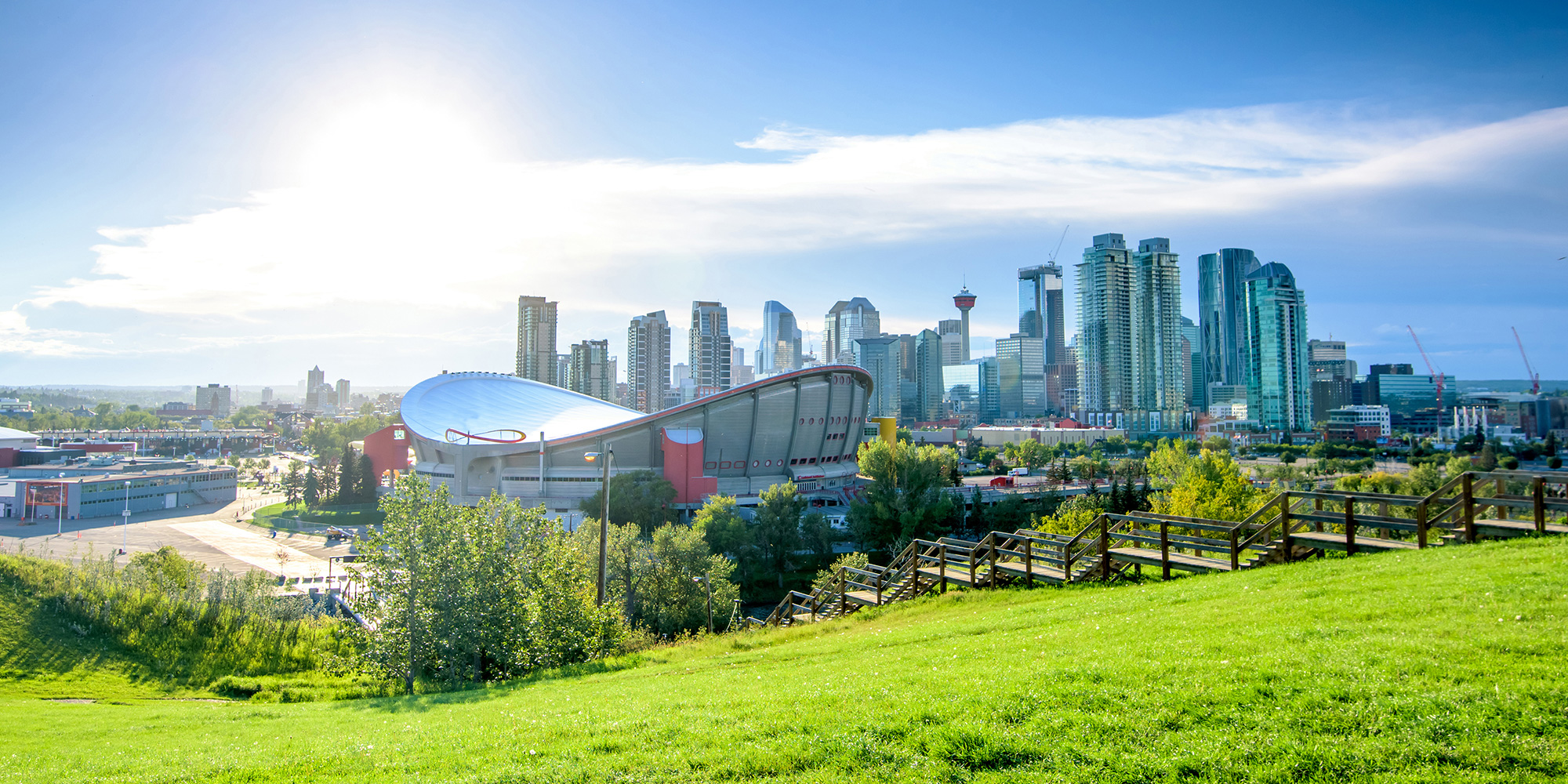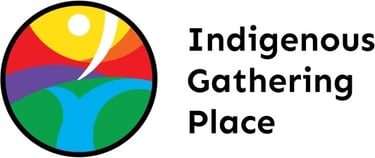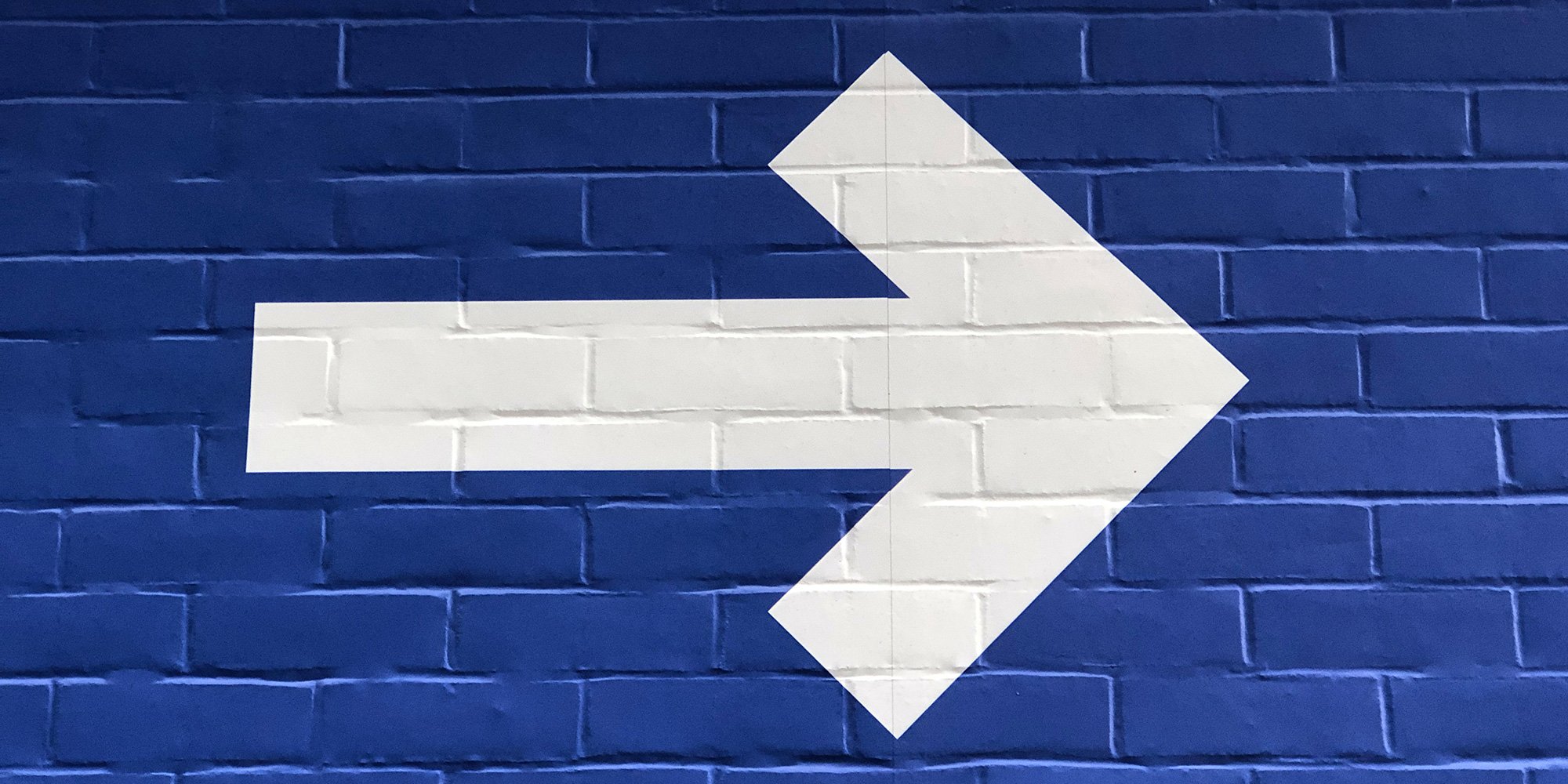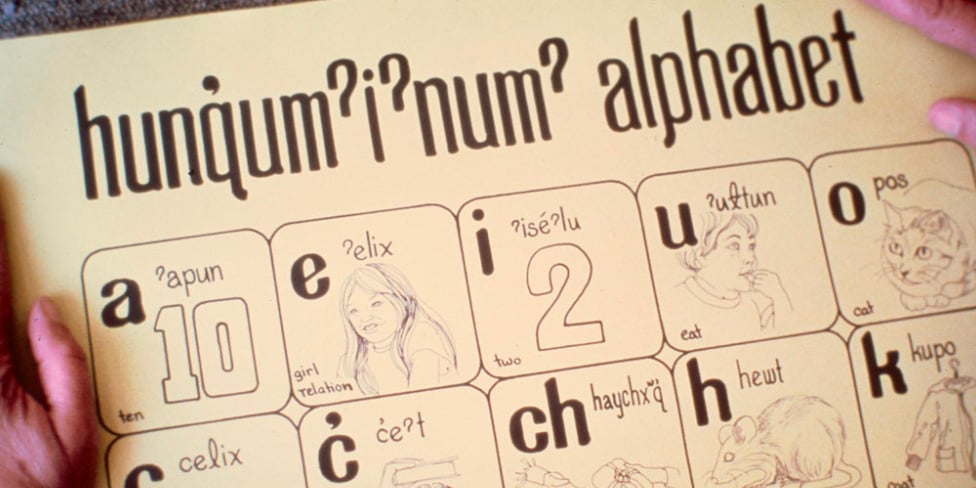Skills Based Indigenous Relations Training Essential to Reconciliation
As providers of a suite of Indigenous relations training, we are frequently asked if we offer “blanket exercises.” The short answer is “no, we don’t.”

It started with one question posed by Chief Robert Joseph at the Reconciliation Canada workshop held in Calgary, AB in 2014: “What does Calgary need to reconcile?” Born from a humble discussion by a group of passionate like-minded and like-hearted people at the table, the concept of an Indigenous Gathering Place (IGP) in Calgary was ignited. Our Elders tell us the dream, vision and effort toward a central gathering space by and for Indigenous Peoples is but a continuation of many prayers and actions that came before us. We are proud to carry on the torch with the guidance and blessing of our Elders toward this ambitious and necessary goal.
Being Indigenous and having worked as a social worker with various organizations in Calgary for more than a decade, I was immediately attracted to this grassroots community-driven initiative. When I became involved with the committee in 2017, I was told the IGP was envisioned to be a beacon—a haven for urban Indigenous Peoples to seek guidance from Elders; connect to our people and to our cultures; speak our language; and a place to heal, along with the rest of Canada on this road to reconciliation.
Today, we are wide-eyed with amazement at what has been accomplished with so few resources and the help of many dedicated and passionate volunteers. IGP board member, Janet Naclia, recently had the opportunity to meet with Chief Robert Joseph’s son, Bob Joseph, where she happily informed him about our many milestones in the pursuit of the shared vision for a gathering space. In October of 2017, I wrote a blog titled, “What an Indigenous Gathering Place means to me.” I am proud to share the ongoing story of the IGP and our unique approach to navigating both Indigenous traditional ways of knowing and being, and Western protocol. Our work is grounded in Indigenous cultural practice knowing that the smudge will always take precedence. Theoretically, I knew what it meant to follow these systems, but it was the experience of honouring and respecting both that roots my passion for the project. This practice allows me to stay open with my whole heart to the concepts we are discussing and to the written documents we have collectively made. We are creating ethical space.
Respecting Western protocol is just as important. In 2017, with the help of our traditionally bestowed role of ‘scout,’ consultant Aaron Aubin, we created a formal mission statement for the IGP. We selected a governance model by electing board members (and going through a traditional face-painting ceremony) charging us and committee members to lead the work. This phase would be composed into a document dubbed "The Case for an Indigenous Gathering Place,’‘ guide our efforts, and be our calling card over the next two years.
With a business case, bylaws, governance structure, summary brochure, meeting minutes, and annual and monthly gatherings, the IGP became an official and independent Society registered with the Government of Alberta. Indigenous Peoples have always strived for self-determination since colonization and the Indigenous Gathering Place was going to be owned and operated by and for Indigenous Peoples. This will be the only way to maintain our space. In early 2018, the IGP committee, with guidance from Elders, organized a tea dance ceremony that involved prayer, feasting, dancing, socializing, storytelling, and speeches. It was a significant ceremonial practice to prepare, bless, serve and honour our relations. This was one of a number of opportunities to hear from many Elders who lived in Calgary and some that came from neighbouring Treaty 7 Nations. They shared what brought them to Calgary and how they hoped to use the Indigenous Gathering Place. With an attraction to Calgary’s prosperity and its promise of opportunity, our participants conveyed discontent that Calgary—in the heart of Treaty 7 Territory—lacks a broad enough space to showcase the value and contributions Indigenous Peoples bring to the city, and a place to access spirituality, identity, community connection, and wellness. This was a testament that we were on the right path.
We have always practiced early engagement by hosting open meetings and watching as the support for the IGP reached the thousands. 2018 was a year full of enthusiasm for the IGP, engagements, introductions, and several meetings with government officials, civil servants as well as Elders and Indigenous youth. On May 30th, 2018, we hosted an event of which over 80 interested Elders and Indigenous youth attended at Fort Calgary to learn how we should work with community members as we move forward. I was touched most to hear about the longing and necessity for this space with guidance to include all Nations while recognizing the Blackfoot as hosts, meeting people where they are at instead of asking people to come to us. We launched our Facebook page and website and saw even more support pour in as word continued to spread of this work.
The IGP’s sustainable business plan is close to completion and will be informed by the voices of hundreds of Calgarians who hope to use the Indigenous Gathering Place for various envisioned purposes. ‘A big circle with rooms all around it, lots of raw materials, natural elements and the smell of firewood burning and hides being tanned…’ were some of the comments heard. This important feedback was collected when 20 IGP volunteers facilitated over 27 in-person conversations with hundreds of people, including 67 organizations, 260 hours of translated dialogue, and over 100 survey responses on the potential uses of the IGP. More conversations are planned for Fall 2019.
The City of Calgary has created a master plan for the development of the east rivers district, and it is envisioned to revitalize, connect, and gather people to the area. The Indigenous Gathering Place is a natural complement to the plan. It will be a place where people can access entertainment and cultural amenities and re-affirm the historical significance of the region to Treaty 7 peoples and the Métis, who have for many generations called this place home: Moh’Kinsstis to the Siksikaitsitapi, Wichispa Oyade to the Stoney Peoples, Kootisáw to the Tsuut’ina, and later Fort Calgary to settlers.
The IGP will be a unique space where we can reconnect with traditions, practices and protocols. It will also be a home to celebrate and share the wisdom of our Elders, and to be a model for the rest of Canada for why the preservation of Indigenous culture is important to the success of Calgary as a thriving and prosperous city. This is more than just a building; the IGP will be the window between different worldviews where people will come together for meaningful engagement. This is why Calgary needs an Indigenous Gathering Place.
Lee Stevens is a board member of the Indigenous Gathering Place Society of Calgary. She is Tlingit First Nation from the Deisheetaan, (split tail beaver) Clan in Carcross, Yukon and has lived and grown up in and around Calgary. She has worked in Calgary as a social worker for the past 11 years with organizations such as the Calgary Drop-in Centre, CUPS, and Alberta Health Services. Lee currently works at Vibrant Communities Calgary.

The Indigenous Gathering Place (IGP) is a community-driven collective vision of a physical space where peoples of Calgary and area can learn and practice cultural, historical and spiritual traditions associated with Indigenous ancestry. The Society has been engaging Elders, Indigenous community members, political leaders, landowners and donors since 2014 to advance its mission:
A space where we share, connect, heal, renew and celebrate Indigenous culture. A place to protect Indigenous practices, languages; and Elders’ wisdom, oral and written teachings among all nations and all our relations.
Check out www.IndigenousGatheringPlace.com for more information.
By Lee Stevens, Indigenous Gathering Place Society of Calgary
Featured photo: Shutterstock

As providers of a suite of Indigenous relations training, we are frequently asked if we offer “blanket exercises.” The short answer is “no, we don’t.”

Of the most spoken languages in the world, English is third after Mandarin Chinese and Spanish. But English is the most commonly spoken second...

Advisory committees can be invaluable to the success of a business, organization, or social enterprise. But not all advisory committees are created...